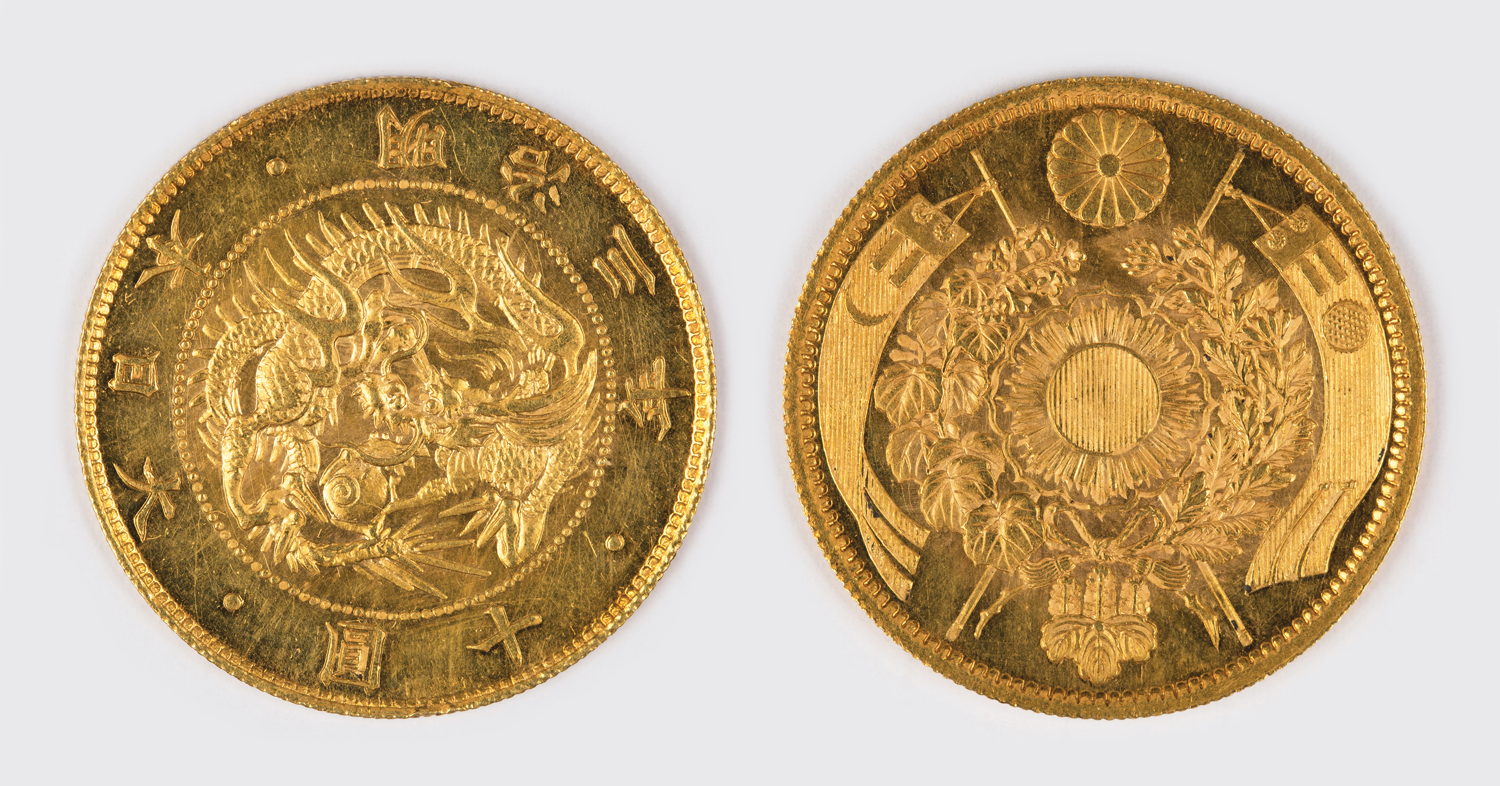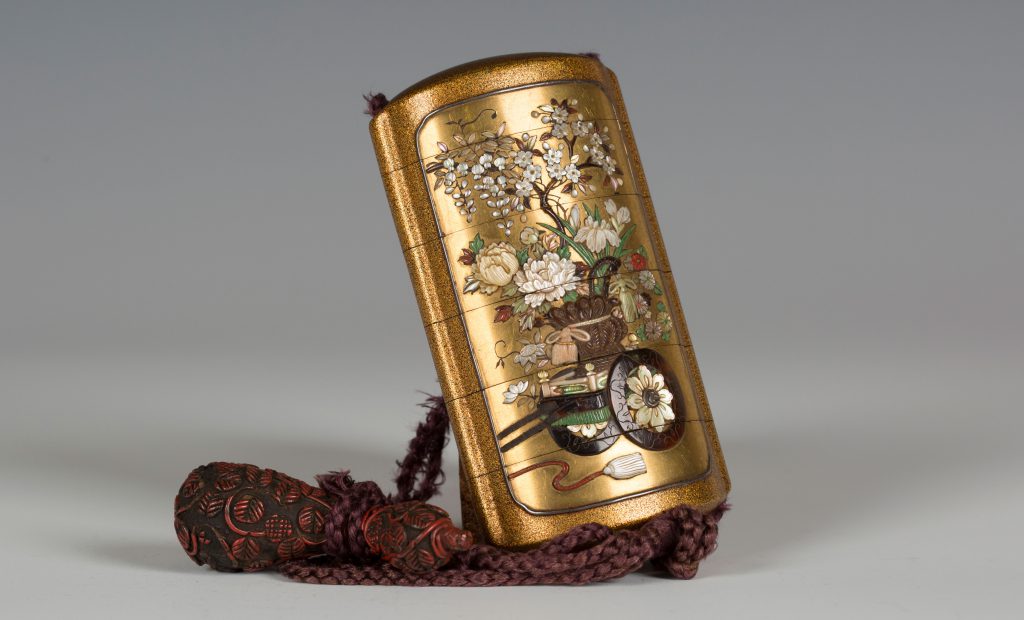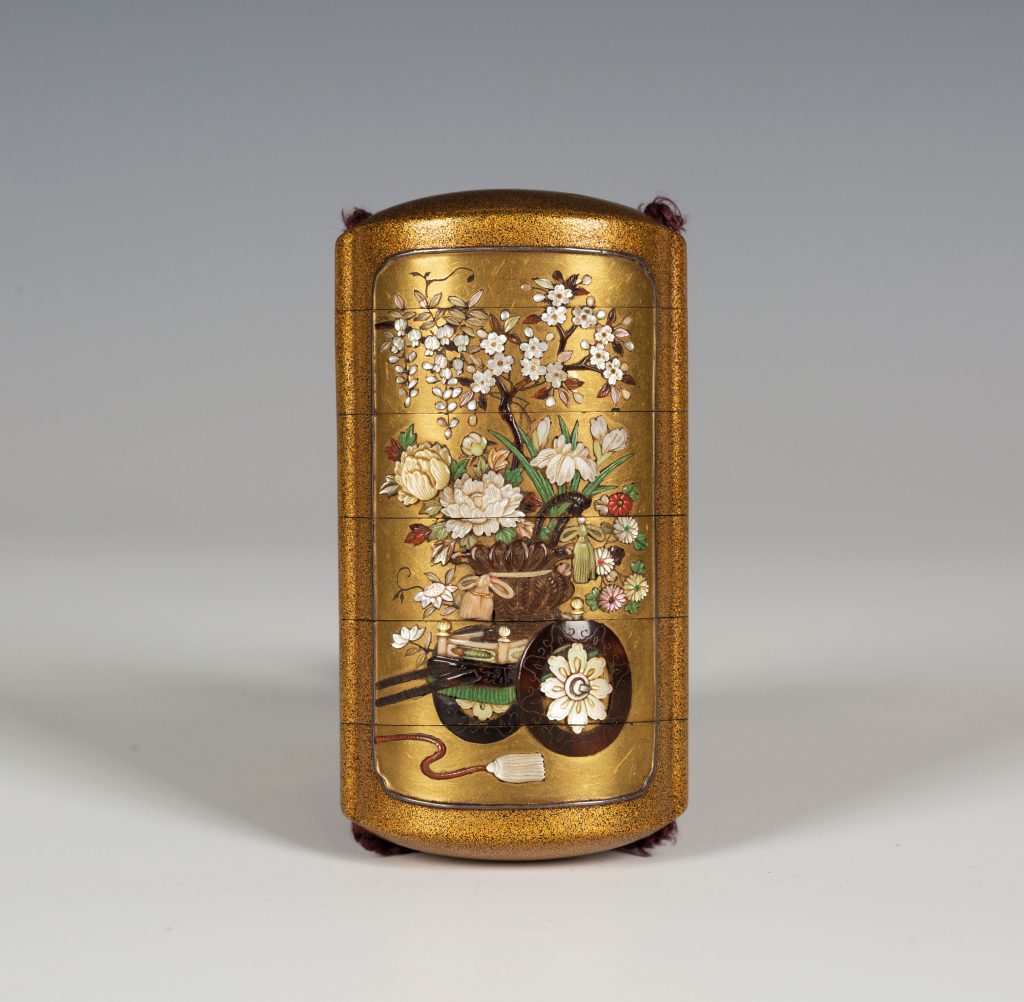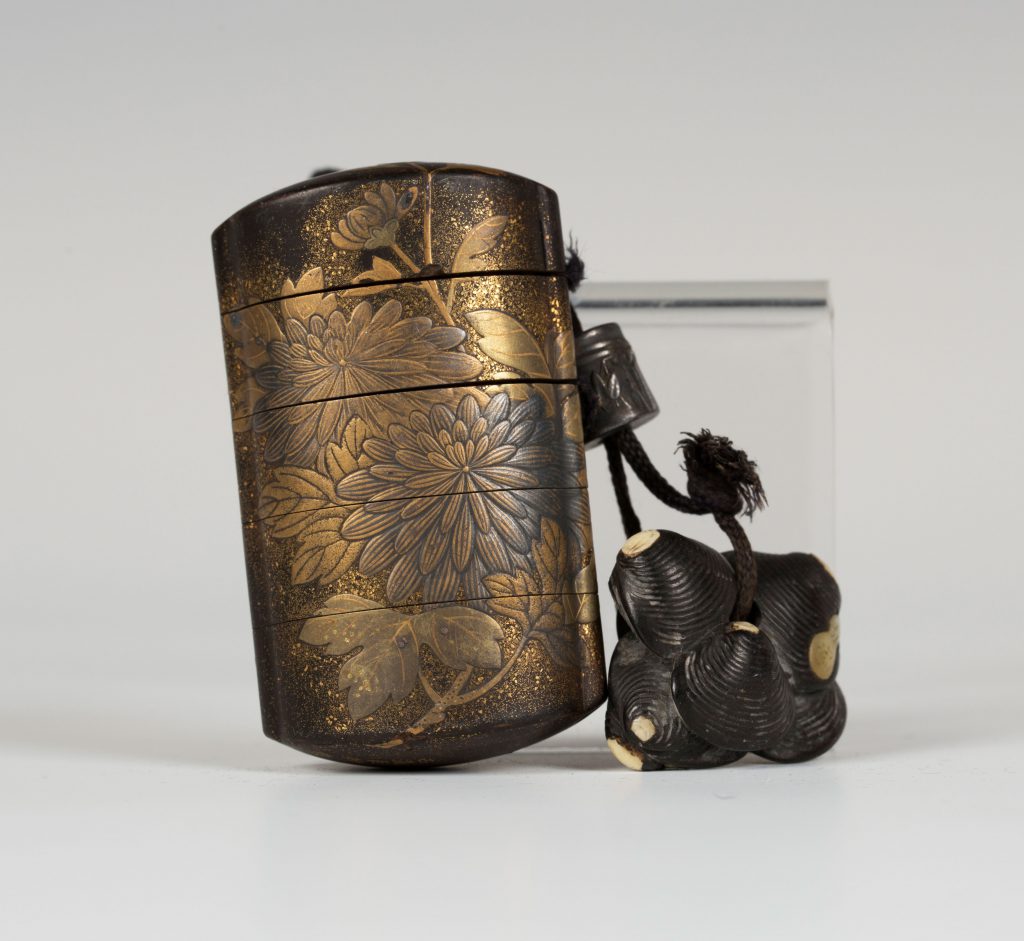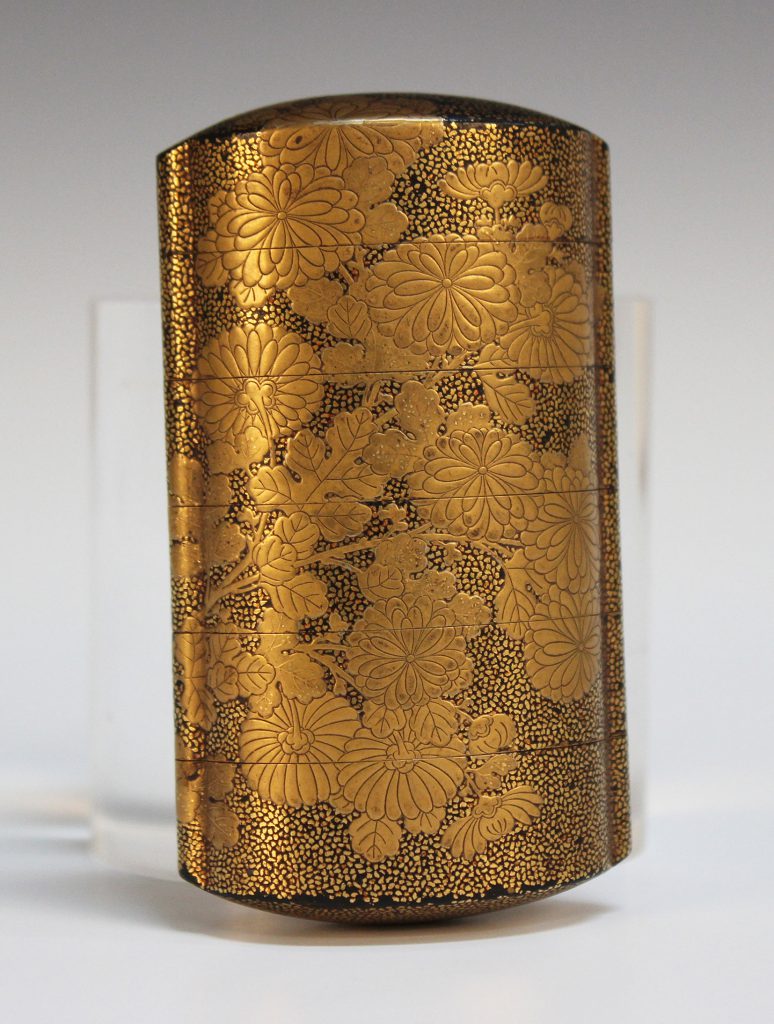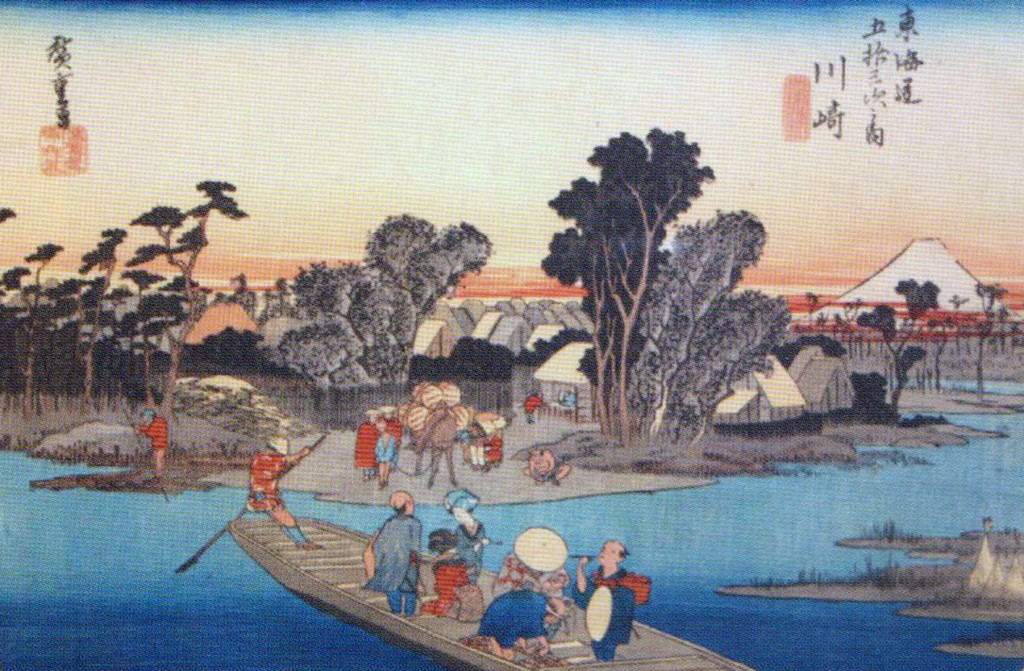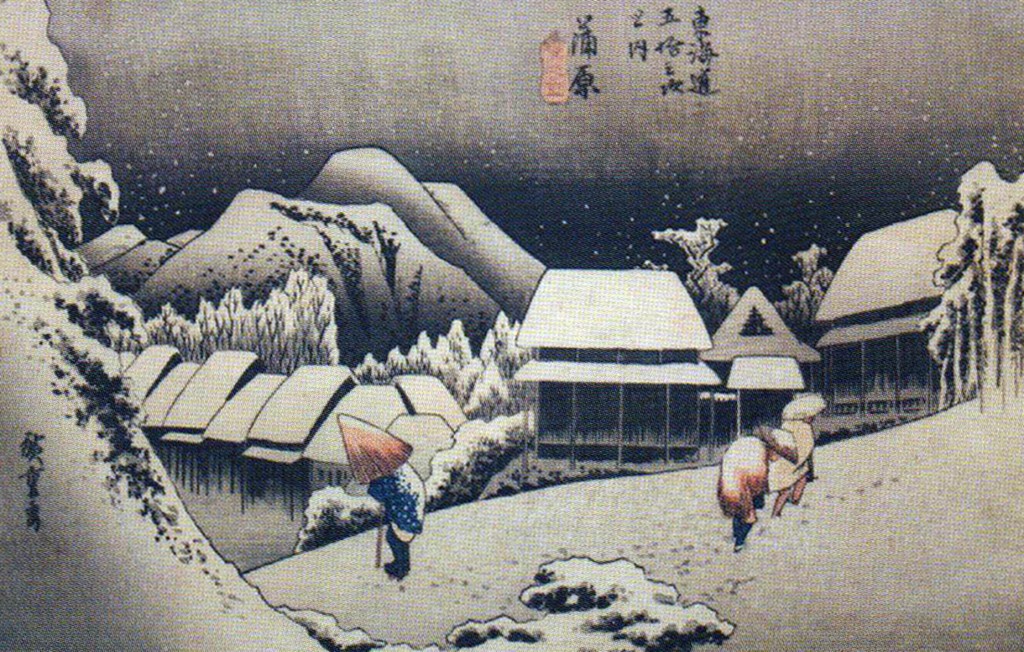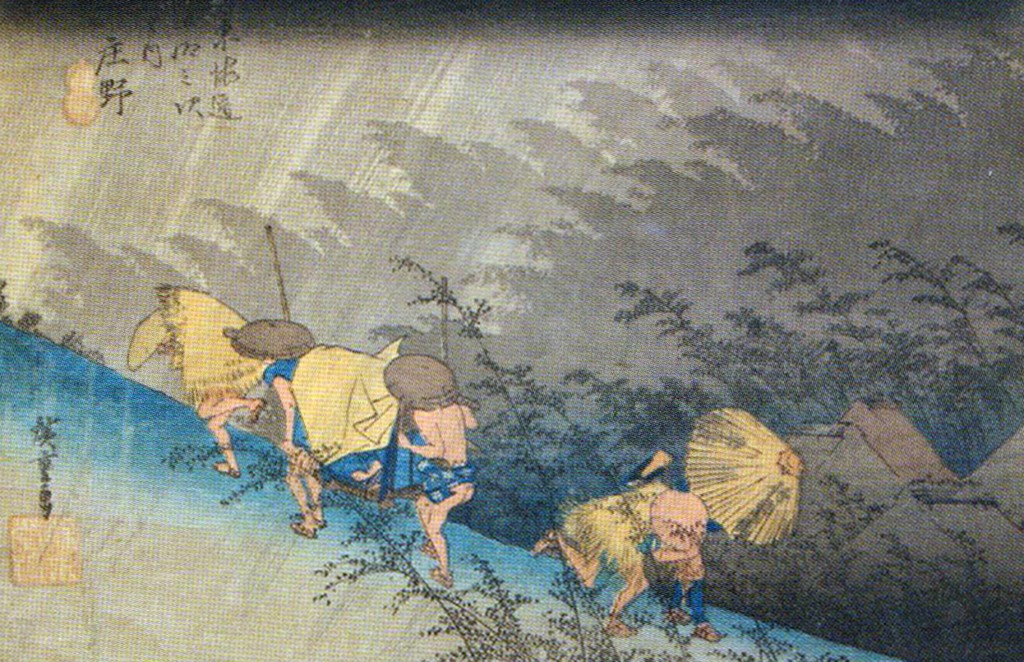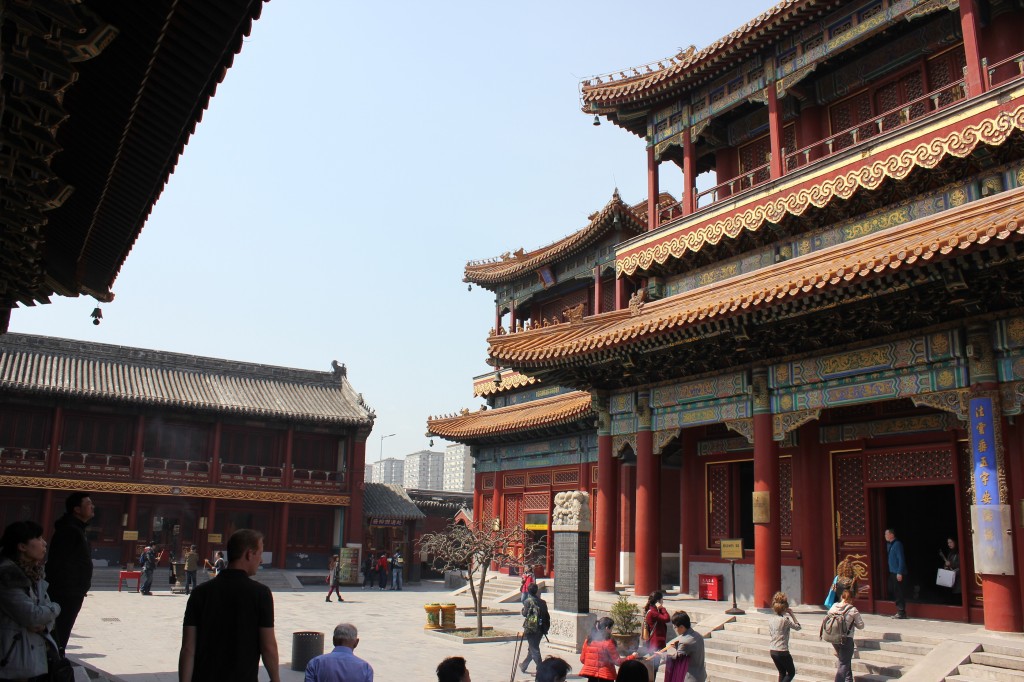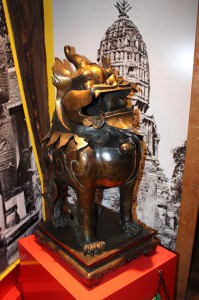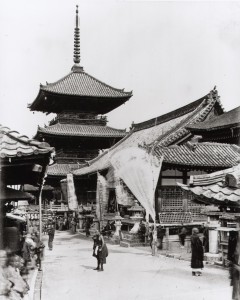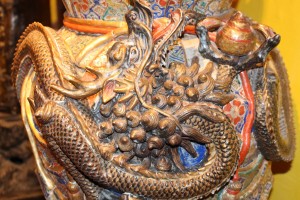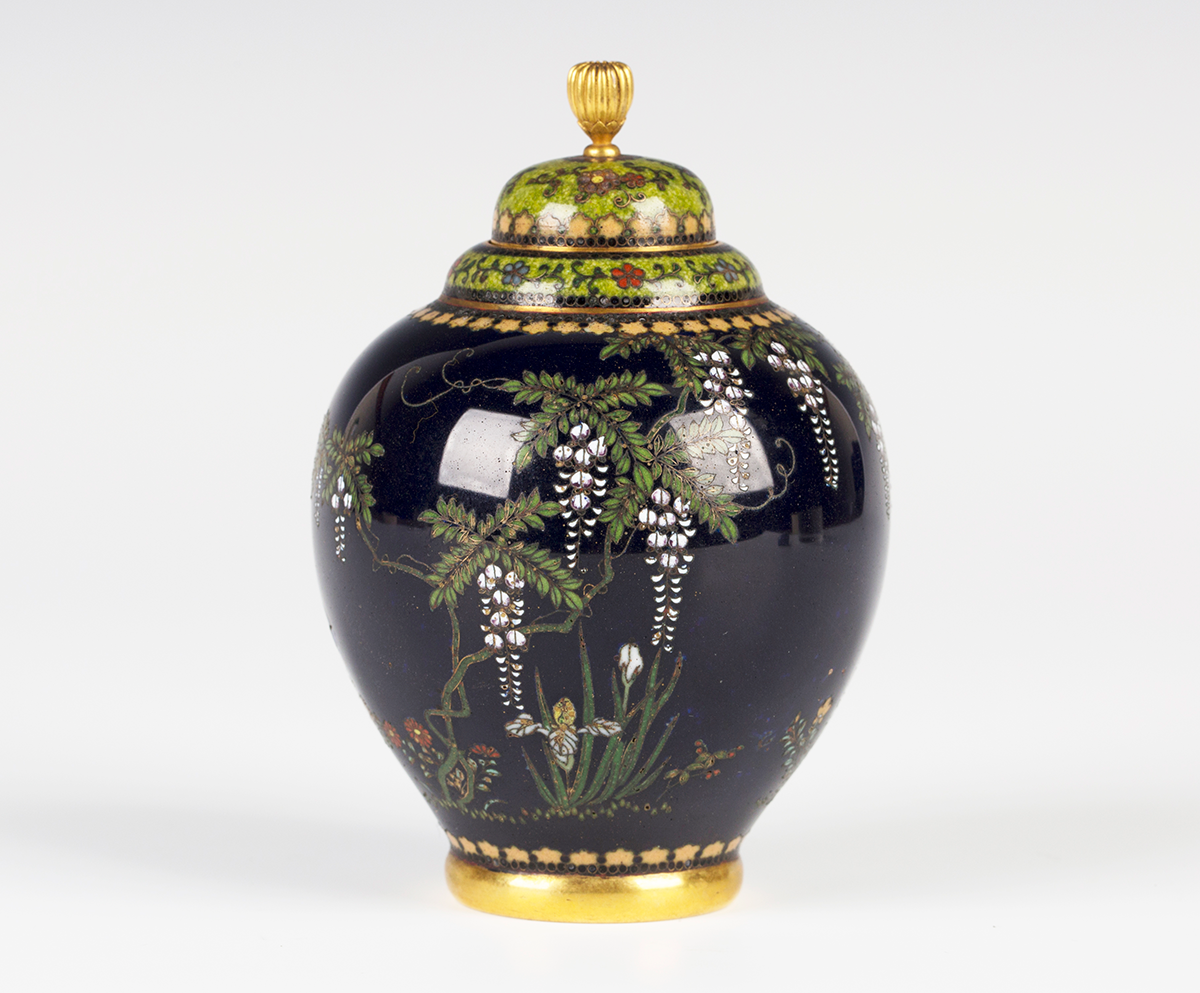
Japanese cloisonné has long been admired by collectors and amongst the most revered cloisonné artists was Namikawa Yasuyuki (1845-1927).
Japan was a society closed to the outside world for almost all of its Edo period (1600-1868) but American gunboat diplomacy by Commodore Perry in 1854 opened Japan to trade with the outside world. The Japanese were determined not to be a subjugated nation and during the Meiji period (1868-1912) they embarked upon a commercial and manufacturing revolution. Alongside this Japan promoted herself through her cultural heritage. Japan first exhibited her exceptional craftsmanship at the Paris Exposition in 1867, including cloisonné wares.
Cloisonné describes a particular decorative process where enamel is poured into compartments known as cloisons formed of a network of metal bands.
Many western travellers visited the studios of Japanese cloisonné manufacturers. Among them was Sussex author Rudyard Kipling, who in his book From Sea to Sea and Other Sketches wrote of his visit to Namikawa Yasuyuki’s studio in the late 1880s: “It is one thing to read of cloisonné making, but quite another to watch it being made. I began to understand the cost of the ware when I saw a man working out a pattern of sprigs and butterflies on a plate about ten inches in diameter. With the finest silver ribbon wire, set on edge, less than a sixteenth of an inch high, he followed the lines of the drawing at his side, pinching the wires into tendrils and the serrated outlines of leaves with infinite patience… With a tiny pair of chopsticks they filled from bowls at their sides each compartment of the pattern with its proper hue of paste… I saw a man who had only been a month over the polishing of one little vase five inches high. When I am in America he will be polishing still, and the ruby-coloured dragon that romped on a field of lazuli, each tiny scale and whisker a separate compartment of enamel, will be growing more lovely.”
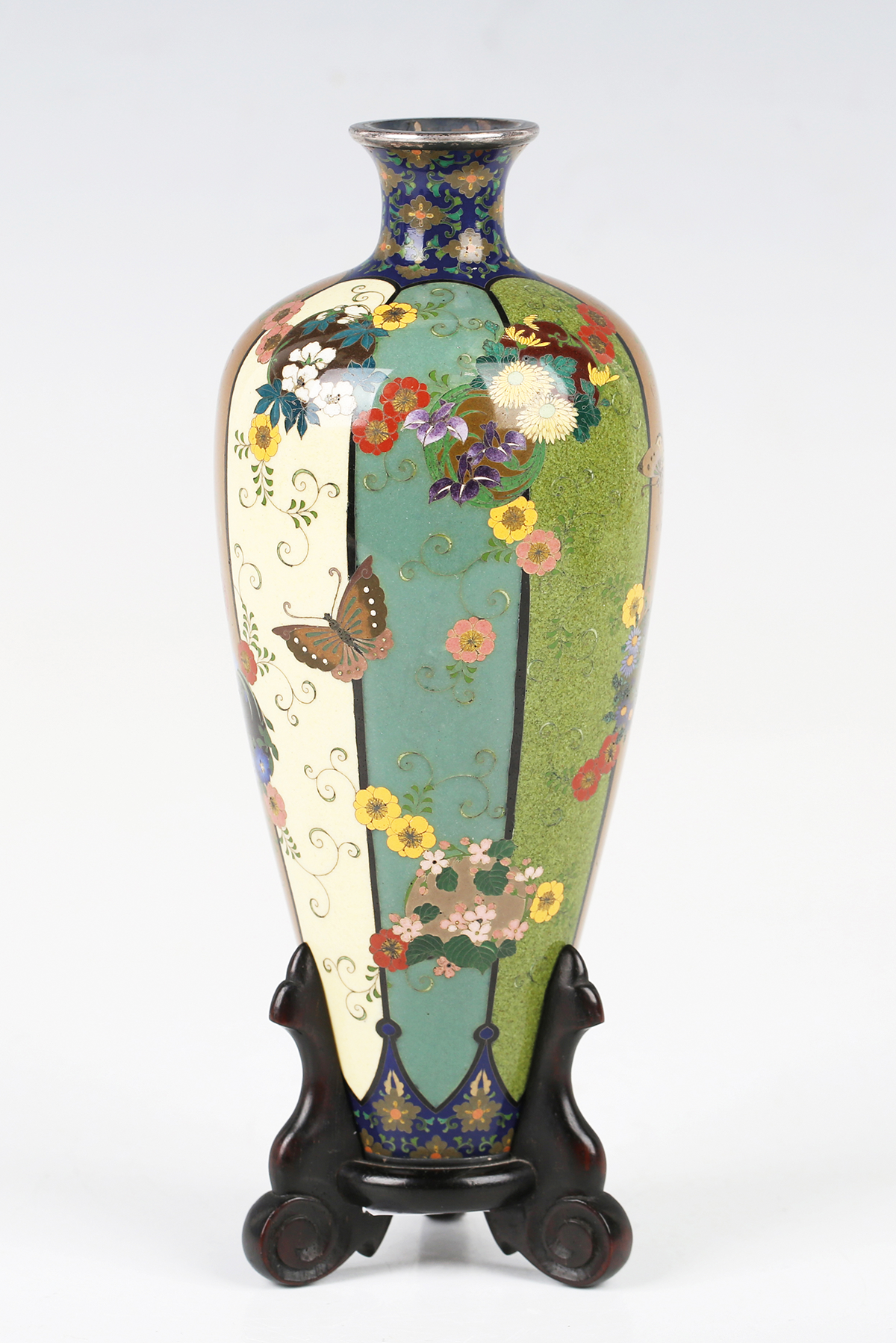
Namikawa Yasuyuki’s work is still revered today. The signed vase and cover, finely worked with polychrome flowers and butterflies on alternating differently coloured vertical panels, has just sold for £13,000 at Toovey’s.
By the 1890s Yasuyuki was producing dark grounds which required a much higher level of technical skill. The smaller vase, decorated with wisteria on a midnight blue ground, realised £4000.
Toovey’s Director and Oriental works of art specialist, Tom Rowsell, is inviting entries for his next fine Asian sale on 31st August 2023.
